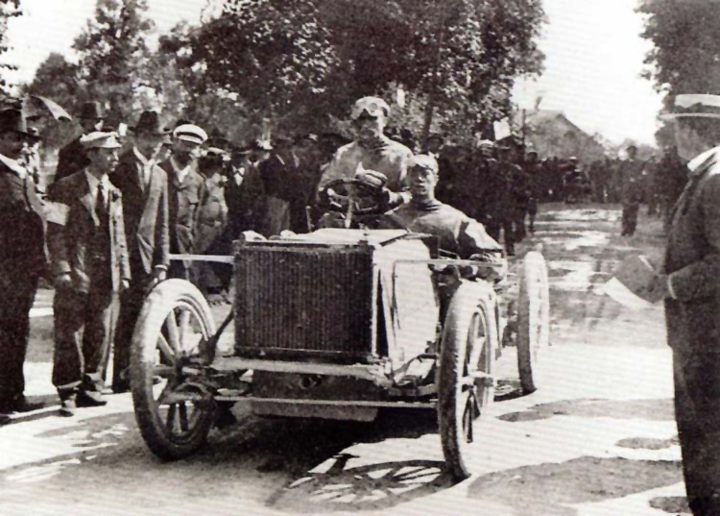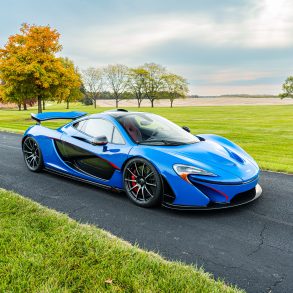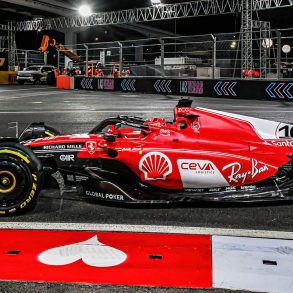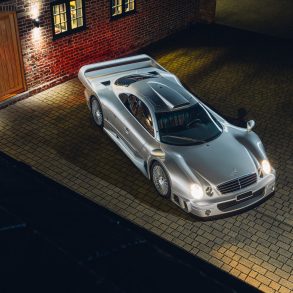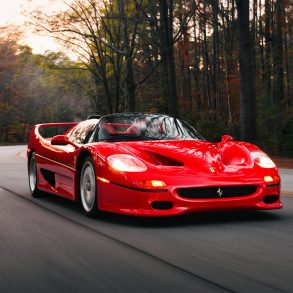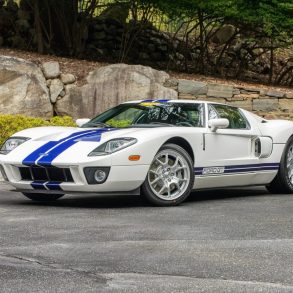Napier 30 HP
Car: Napier 30-40 HP/ Engine: 4 Cylinder In-Line / Maker: Napier / Bore X Stroke: 127 mm X 127 mm / Year: 1902 / Capacity: 6,435 cc / Class: Grand Prix / Power: 44.5 bhp at 950 rpm
D. Napier & Son (D. Nepir and Son) Limited was established by David Nepir, second son of the blacksmith to the Duke of Argyll. While some in his family became shipbuilders, he took engineering training in Scotland and his company would provide precision engineering. In 1808 Nepir designed a steam-powered printing press. Between 1840 and 1860, Nepir was prosperous, But after Nepir’s death his son, James, proved a poor businessman, considering salesmanship undignified. It became so bad that there were as few as seven employees in 1895, and James attempted to sell the business, but failed.
James’ son Montague, born 1870, His son Montagu bought the business from the executors. Montague was a hobby racing cyclist, and at the Bath Road Club, he had met Australian Selwyn Francis Edge, then a manager at Dunlop Rubber. Napier had been working on producing their own automobile but Edge felt that it’s design was out of date and instead should consider modifying Edge’s Panhard et Levassor. While an improvement Edge persuaded Napier to make a fresh start in making his own car based upon ideas put forward by Edge. He then collaborated with Harvey du Cros, his former boss at Dunlop, to form the Motor Vehicle Company, based in London, which agreed to buy Napier’s entire output. The salesmanship that was previously lacking was provided by the tireless Australian promoter. Edge would often make outlandish claims regarding the Napier automobiles, as the cars were called. Edge would also remain their exclusive distributor until 1912 when a dispute with Napier resulted in Napier purchasing Edge’s distribution and sales company.
The Napier made its mark on racing history by winning the 1902 Gordon Bennett in the hands of an Edge. This was a tremendous victory for Great Britain, which till that time had always trailed the French in international motoring. This victory was especially sweat for Edge who had been racing the green Napiers at various events since 1900. He had entered a monstrous 17,157 cc four-cylinder for the 1901 Gordon Bennett only to see his car disqualified for running foreign made tires. This colossus produced 103 bhp but weighed more than two tons. The following year Edge went the other direction and built a 6.5-liter car that was rated to produce 30 bhp but actually delivered approximately 45 bhp.
The race involved the Paris-Innsbruck section of the Paris-Vienna race. Its strongest test came just before the end when the cars had to cross the Murderous Arlberg pass described in The Automotor Journal in these forbidding tones:
“There were gutters you could bury a man in, hundreds of them crossing the road at right angles: it would be a trial of springs as well as motors. Ridges, too, that lent more than a suggestion of the steeplechase, reared their crests across the way. For scores of miles, particularly in the high Arlberg country, six thousand feet above sea level, the road hung on the brink of fearsome precipices. Ruts and loose stones abounded in the Austrian section of the course.”
This relatively light car was the sole survivor in its class able to reach Innsbruck and so claim the trophy. Its green color henceforth became known as “British Racing Green”. It took more than two decades before Great Britain was once again on the top rung of international motoring with the victory by Segrave in the French Grand Prix of 1923.
Edge besides being the winning drive was Napier’s sole agent and would later remark that his two largest contracts, one from America and one from France for napier cars were absolutely the direct result of winning the Gordon Bennett race. Annual output at the factory at Lambeth increased from 100 to 250 cars requiring a new factory being built in Acton.


